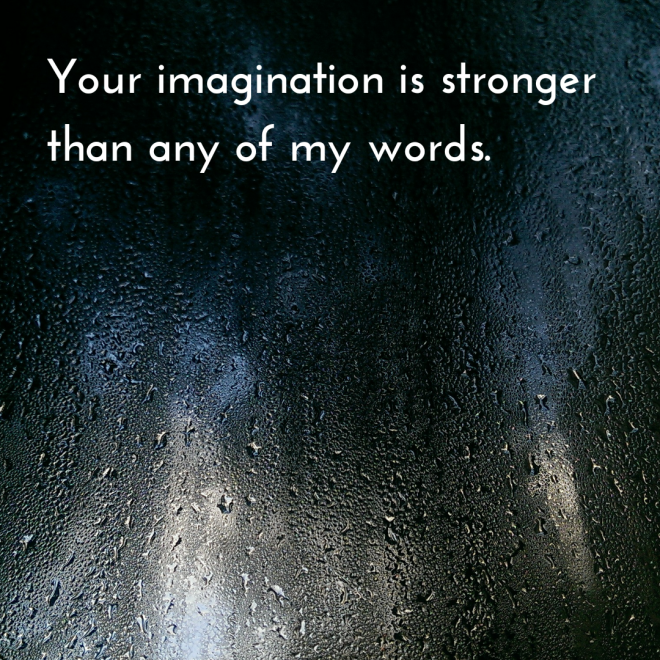FifthView
 Vala
Vala
The problem with this type of writing is that it stops the action completely, detaches itself from the character, and goes wandering. It’s not necessarily the information it contains, but that it’s all related in a motionless, uninteresting way. Nothing’s hinted at or implied, just handed up on a platter.
I have often found myself doing something like this. In my attempt to describe a thing, I'm stuck on a single snapshot, adding lots of details but halting the forward progression of the narrative. I want to describe a thing, and I end up approaching it from many angles, but the end result is a herky-jerky assemblage of facts, many of which probably aren't incredibly relevant to what's going on in the story at this moment in the story.


 Inkling
Inkling Myth Weaver
Myth Weaver